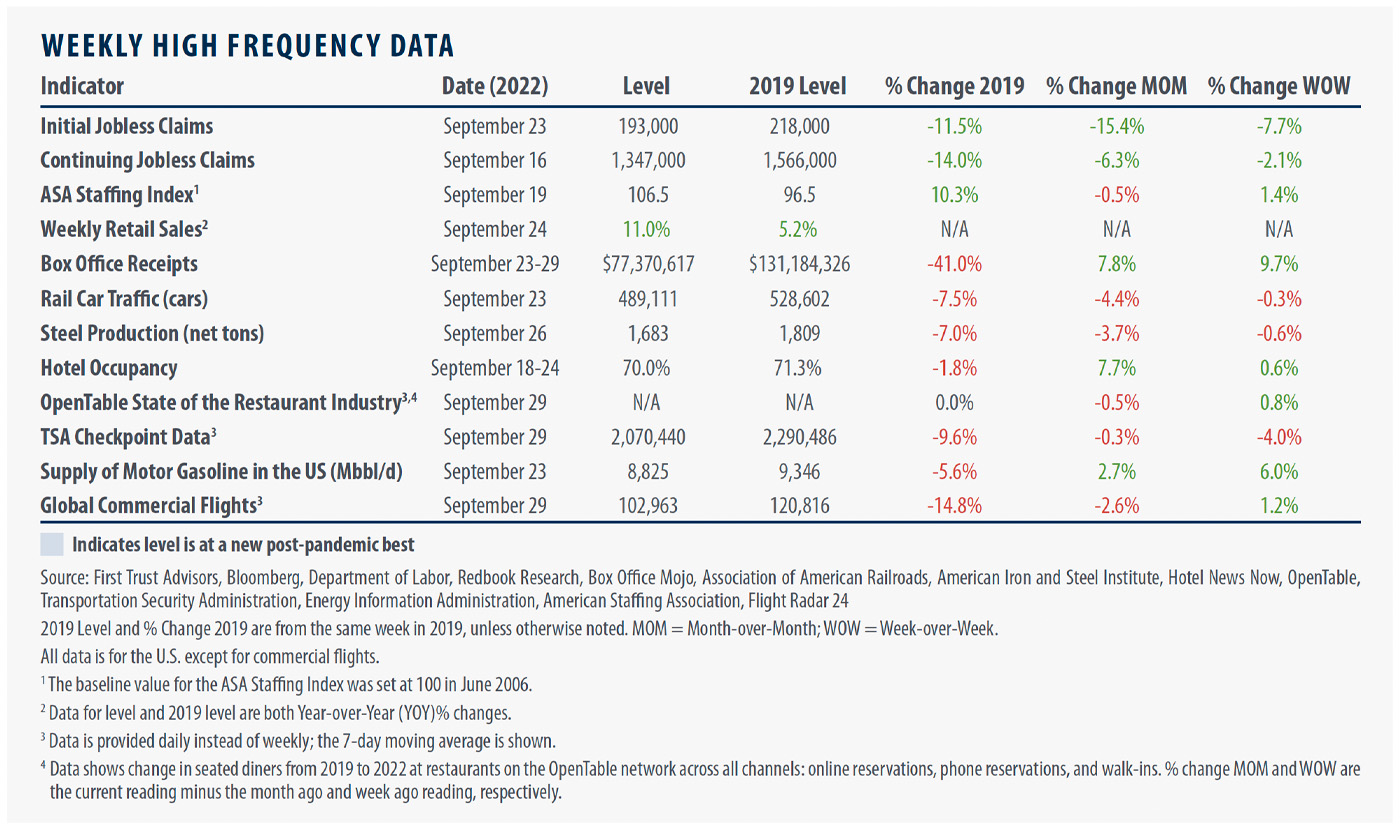

We had been bullish on stocks since March 2009, when mark-to-market accounting was fixed and the financial panic started to recede. At that time, the S&P 500 traded as low as 677. What a time to buy!
After that, we remained bullish. We didn’t recommend selling despite a wide range of fears that spooked many others, including the Great Recession lasting through 2010, a double-dip recession, a second wave of home foreclosures, an implosion in commercial real estate, the passage of “Obamacare,” a Greek debt default, a potential breakup of the eurozone, the “fiscal cliff,” Brexit, or the election of President Trump. While others bailed out way too early on the bull, we kept riding.
We rode it so long that some called us “perma-bulls.” But as we looked at low interest rates and healthy profits, we didn’t see any other choice.
Then in June, we announced we were bullish no more, saying, in part, “We don’t expect the S&P 500 to hit a new all-time high, above the old high of 4,797, anytime soon.” Instead, until one of our two scenarios plays out—a recession or the realization the Federal Reserve has pulled off a soft-landing—U.S. equities are likely to be in a trading range with potential bear market rallies that come and go.
We still expect the much more likely scenario is that a recession will arrive sometime in 2023 (possibly early 2024) and that stocks will remain in a bear market until the recession hits. Why a recession? Because the Federal Reserve will have to get tight enough to reduce inflation toward its target, and a monetary policy that’s tight enough to control inflation is going to send the economy into a recession.
Back in June, we said that stocks could easily rally from then-current levels, when the S&P 500 was at 3,675, but that such a rally wouldn’t last. After that, the S&P rallied up to a closing high of 4,305 in mid-August before dropping to 3,693 at Friday’s (9/23) close. Don’t be surprised by other bear market rallies, which will also fade.
As always, we used our Capitalized Profits Model to assess fair value for the stock market. The model starts with the government’s measure of economywide corporate profits and uses the yield on the 10-year Treasury note to discount those profits.
The yield on the 10-year Treasury note finished last week right around 3.70%, which, when plugged into our model, suggests fair value for the S&P 500 is about 3,600. That would be a 2.5% decline versus the Friday close.
But long-term yields may go higher from here. With a 4.00% yield on the 10-year Treasury, the model says fair value on the S&P is about 3,325, which would be a 10% drop versus Friday’s close. And even if long-term yields don’t go higher from here, approaching and entering a recession is highly likely to eventually cut corporate profits. Either way, there are reasons to expect we haven’t seen the bottom yet for stocks.
A couple of things to keep in mind: If you’re a very long-term investor who doesn’t want to time the market, none of this discussion matters much. Just maintain your normal allocation to stocks and don’t be shy about continuing to buy stocks at your normal intervals. That way you’ll be buying at low stock prices and stocks should be worth substantially more when you’re spending down assets in the far-away future.
However, those investors willing to take some risk on timing the market should consider that the future year or so probably includes better entry points for broad stock indexes than recent levels.

Brian Wesbury is chief economist at First Trust Advisors LP. He and his team prepare a weekly market commentary titled “Monday Morning Outlook,” as well as frequent research reports. Proactive Advisor Magazine thanks First Trust for permission to republish an edited version of this commentary, which was first published on Sept. 26, 2022.
The opinions expressed in this article are those of the author and do not necessarily represent the views of Proactive Advisor Magazine. These opinions are presented for educational purposes only.
New this week:
First Trust Portfolios LP and its affiliate First Trust Advisors LP (collectively “First Trust”) were established in 1991 with a mission to offer trusted investment products and advisory services. The firms provide a variety of financial solutions, including UITs, ETFs, CEFs, SMAs, and portfolios for variable annuities and mutual funds. www.ftportfolios.com
